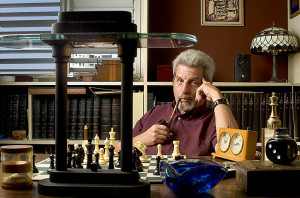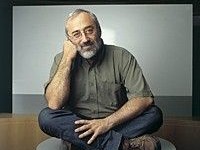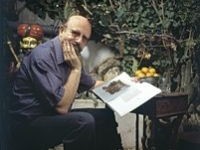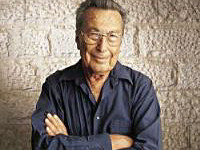
(Photo: Koby Kalmanovich)
Professor Yakir Aharonov is awarded the EMET Prize for elucidating the principles of Quantum Theory, for being a pioneer and a leader in the exploration of the profound meanings of this theory and for his unique discoveries that have had an impact on various fields in physics.
Prof. Yakir Aharonov was born in Kiryat-Chaim in 1932. He attended primary school in his home town and graduated from theKiryat-Chaim High School. He served in the IDF’s artillery corps.
Upon receiving his PhD he was appointed research fellow atBrandeis University , senior lecturer and later full professor at theBelfer Graduate Schoolat Yeshiva University. Between 1973 and 2000 he was full professor at Tel Aviv University, and today he is Professor Emeritus.
During fifty years of research he developed a deeper understanding of the meaning of Quantum Theory and discovered many new effects . He formulated the first and most significant of these effects, the Aharonov-Bohm Effect, in 1959. It has since been considered as one of the main discoveries in quantum theory in the second part of the 20th Century. The surprising discovery proved that in quantum theory particles can be sensitive to forces that are localized far away from them. Other effects and discoveries bear his and his co-researchers’ names: The Aharonov-Casher Effect (1984), the Aharonov-Anandan Geometric Phase (1987) and the formulation of the idea of a Quantum Random Walk together with Davidovich and Zagury (1993), just to name a few.
He is a member of the Israeli and American Academies of Science. His work won him many prizes, among them The Weizmann Prize, The Rothschild Award (1984), The Israel Prize in Physics (1989), The Elliot-Cresson medal of the Franklin Institute (1991), TheHewlett-Packard Europhysics Prize (1995), The Wolf Foundation Prize (1998) as well as several Honorary Doctorates (awarded by the Technion, the University of South Carolina, Bristol University and the University of Buenos Aires).




